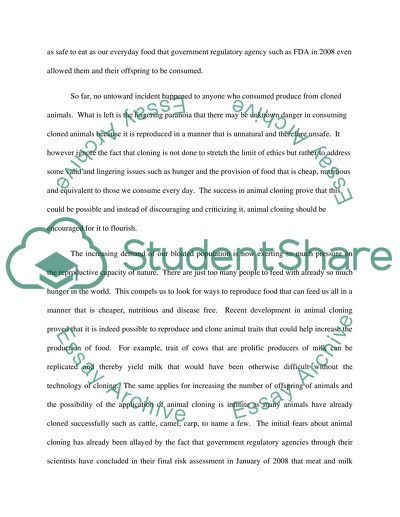Cite this document
(“Cloning of animals Essay Example | Topics and Well Written Essays - 750 words”, n.d.)
Cloning of animals Essay Example | Topics and Well Written Essays - 750 words. Retrieved from https://studentshare.org/health-sciences-medicine/1495178-cloning-of-animals
Cloning of animals Essay Example | Topics and Well Written Essays - 750 words. Retrieved from https://studentshare.org/health-sciences-medicine/1495178-cloning-of-animals
(Cloning of Animals Essay Example | Topics and Well Written Essays - 750 Words)
Cloning of Animals Essay Example | Topics and Well Written Essays - 750 Words. https://studentshare.org/health-sciences-medicine/1495178-cloning-of-animals.
Cloning of Animals Essay Example | Topics and Well Written Essays - 750 Words. https://studentshare.org/health-sciences-medicine/1495178-cloning-of-animals.
“Cloning of Animals Essay Example | Topics and Well Written Essays - 750 Words”, n.d. https://studentshare.org/health-sciences-medicine/1495178-cloning-of-animals.


